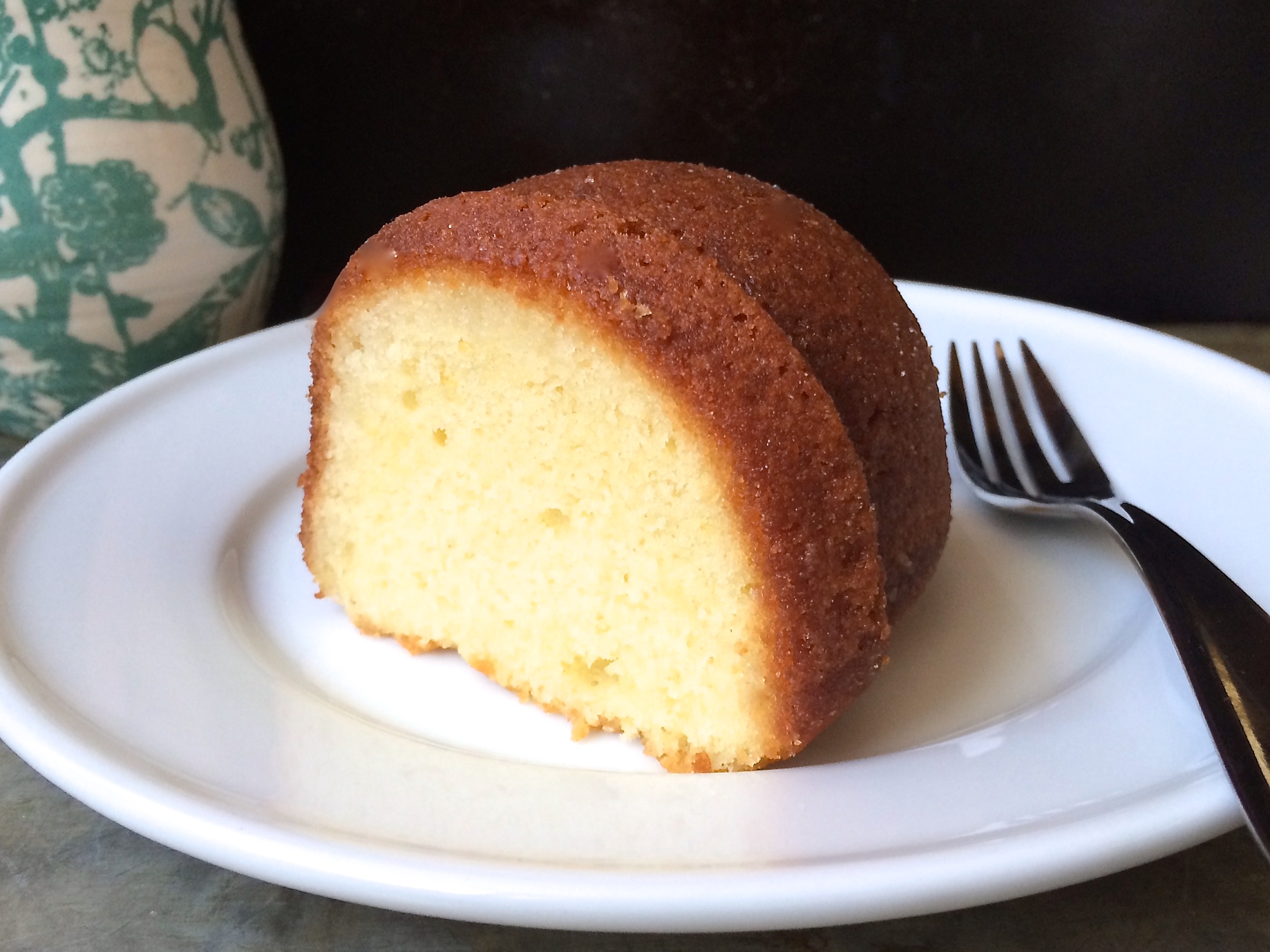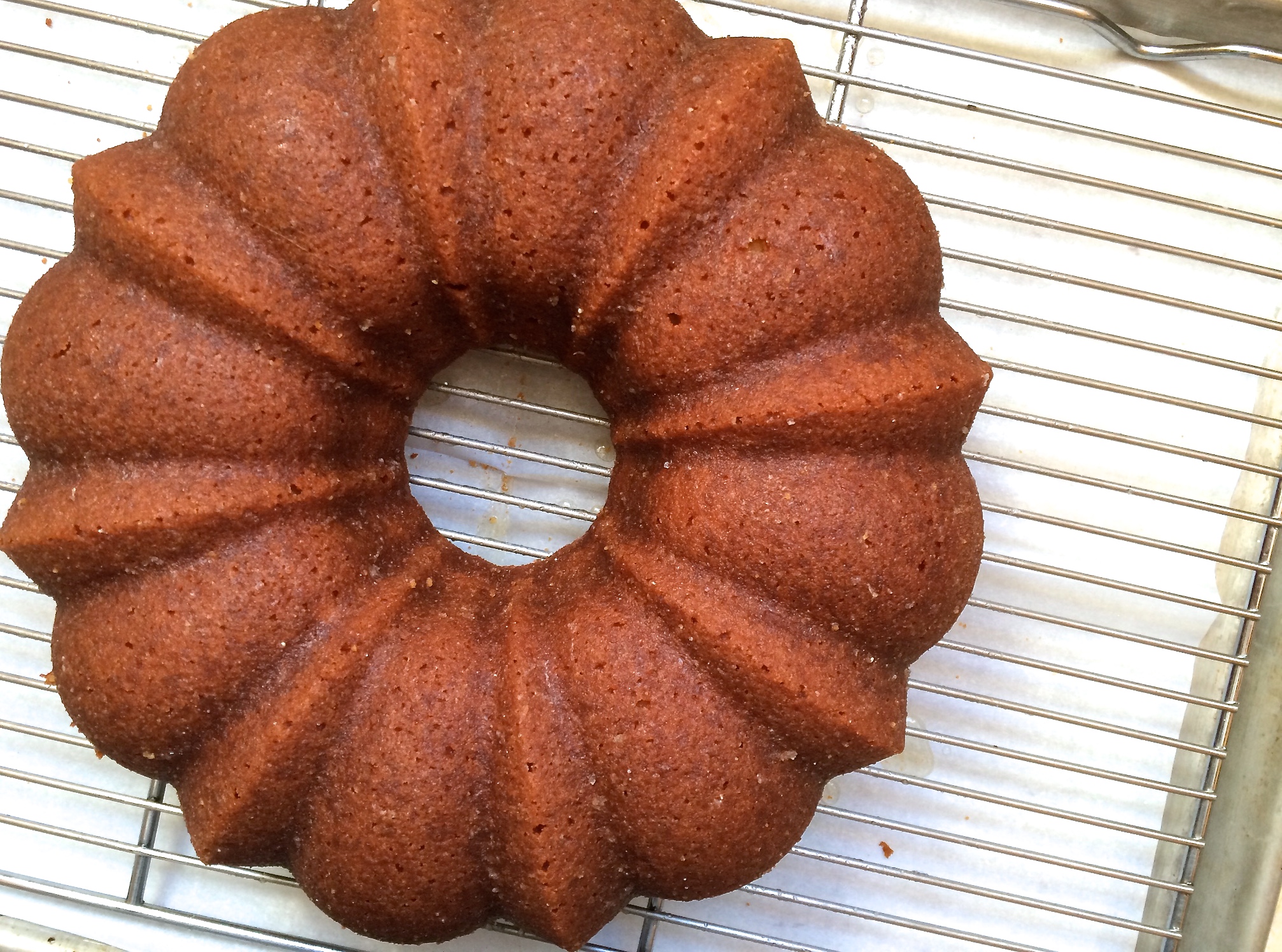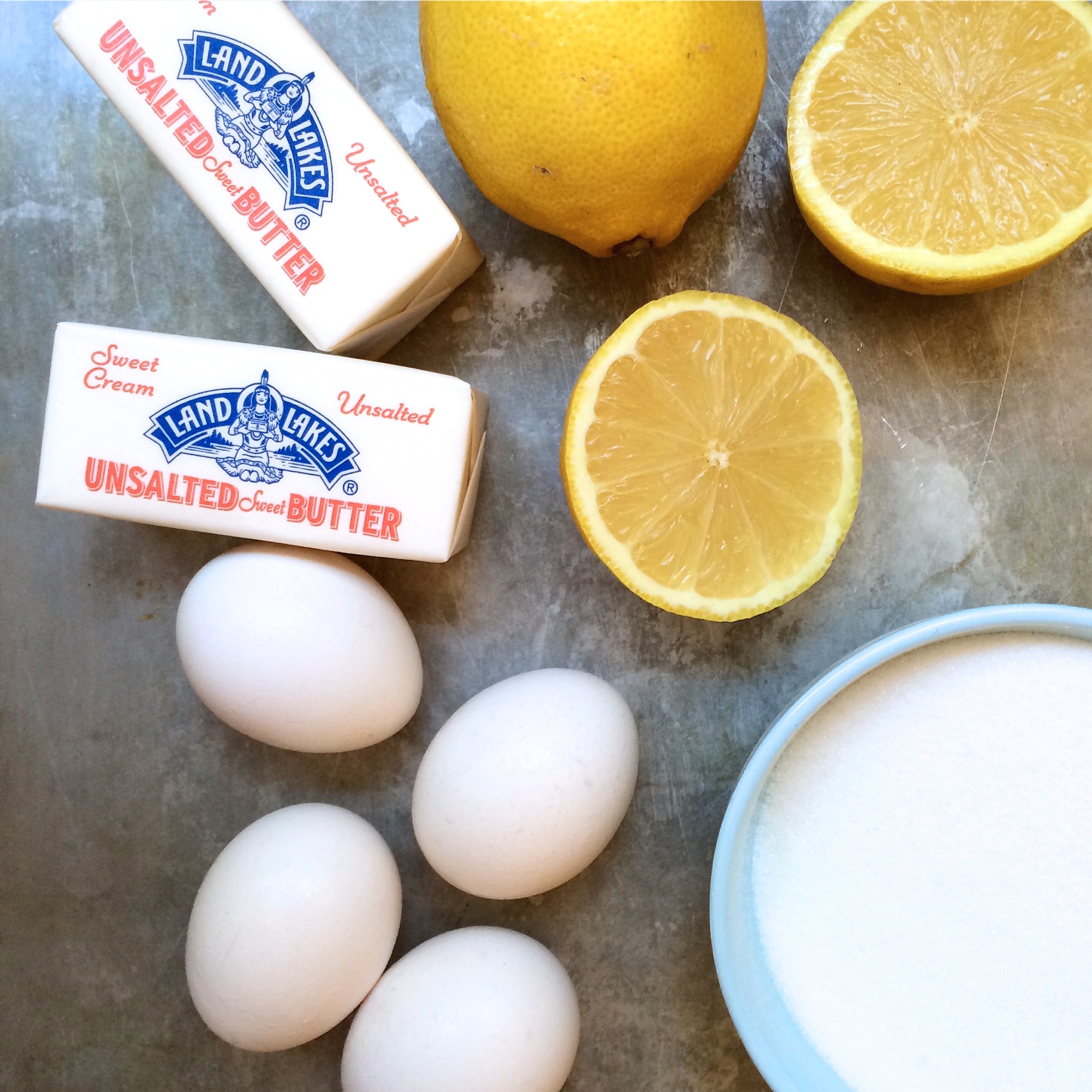East 62nd Street Lemon Cake
 Can I get a little deep with you for a brief moment? Because I feel like I need to talk about a fear I've been having. My fear is that we've forgotten about the beauty of simplicity when it comes to dessert. I feel like we're getting taken over by the new, the now, the Pin-worthy. A world where a baked good is deemed a bore unless it's a Frankenstein hybrid of three other desserts, or has, like, four candy bars shoved into it (ahem, I've totally done it), or has a racy name that should probably come with a Parental Warning.
Can I get a little deep with you for a brief moment? Because I feel like I need to talk about a fear I've been having. My fear is that we've forgotten about the beauty of simplicity when it comes to dessert. I feel like we're getting taken over by the new, the now, the Pin-worthy. A world where a baked good is deemed a bore unless it's a Frankenstein hybrid of three other desserts, or has, like, four candy bars shoved into it (ahem, I've totally done it), or has a racy name that should probably come with a Parental Warning.
I mean, I totally get why that's exciting from a clickety-clicking standpoint--there must be something in our collective DNA where the number of synapses that fire is directly proportionate to the height and swirly-ness of the pile of hot pink buttercream on a cupcake. Who wouldn't love that? But! Can I put a call to action out there?
Do we think that maybe we can at least TRY to make brass-tacks baked goods a thing again? Find the awesomeness in the thinnest, crispest cookie that tastes of browned butter and sugar and nothing else? Celebrate the plain cake donut? Fist bump the gloriously basic combination of butter, eggs, sugar, lemon--and nothing more? YES, WE CAN! I believe in us.

Like I told you the other day, much like Picasso had his Blue Period and Hefner had his Blonde Period, I'm in my Bundt Period. Nothing beats whipping up a lofty bowl of the simplest airy batter, and then letting the lovely domes and pleats of a classic Bundt pan do the work for you when it comes to adding a little bit of pretty.
This lemony Bundt, however, has two really great things going for it. First, there's the old-fashioned glory of dusting the prepared buttered pan with fine bread crumbs instead of plain flour, which gives the cake the most lovely crust (and a foolproof release). Also, there's the World's Zippiest Lemon Glaze, which is really just fresh lemon juice mixed with sugar--more of syrupy lemonade than anything else. With not even a touch of vanilla in the batter to sully the citrus punch here, this cake is a festival of the most humble staples of the baker's pantry.

The recipe comes from Maida Heatter's Cakes, the kind of cookbook that always feels like an old friend--her writing and her methods are friendly, straightforward, and wonderful. What you get with Maida is a taste of everything that's awesome about classic, simple home baking. You can take a breather from the carnival madness of the current baking scene with her books. She a believer of the brownie. And I mean perfectly regular brownies all on their own; not brownies layered with something injected with something baked into something else. It's a beautiful thing.
East 62nd Street Lemon Cake from Maida Heatter's Cakes
The secret to the knockout flavor of this cake is to let it rest for several hours after glazing. If you have Meyer lemons, it's a perfect way to use them, but if you use regular lemons, I suggest going for organic, unwaxed citrus.
Note that the flour here must be sifted before measuring--this will give you a significantly light cup of flour than if you scoop it right out of the container. I've become partial to weighing flour for baking in general, but if you do so here, it will make life a lot easier and less messy--just weigh out 12 ounces of flour, and sift well after weighing. Having all your ingredients at room temperature will help keep the batter from curdling (though if it curdles a bit, it's NBD).
In the headnotes, Maida says, "This cake can be made with ½ cup Key lime juice instead of ⅓ cup lemon juice (in the glaze) and it is wonderful. I think any kind of lime juice would be equally wonderful. But even if you use lime juice instead of lemon juice, don't change the grated rind in the cake itself (lemon is better there)."
The kicky name of this cake comes from it's creator, Maida's daughter Toni, who lived on east 62nd street in Manhattan.
Serves 10-12
For the cake:
3 cups (12 ounces/340 grams) sifted all-purpose flour 2 teaspoons baking powder 1/2 teaspoon fine sea salt 1 cup (2 sticks/8 ounces/226 grams) unsalted butter, at room temperature 2 cups (14 ounces/400 grams) granulated sugar Finely grated zest of 2 large lemons 4 large eggs, at room temperature 1 cup (8 ounces/226 grams) whole milk, at room temperature
For the glaze:
1/3 cup (2 5/8 ounces/75 grams) freshly squeezed lemon juice 2/3 cup (4 5/8 ounces/132 grams) granulated sugar
Position a rack to the lower third of the oven, and preheat the oven to to 350°. Generously butter a 12-cup Bundt pan and dust it all lightly with fine, dry bread crumbs. Set aside.
Into a large bowl, sift together the flour, baking powder, and salt. and set aside. In the bowl of an electric mixer fitted with the paddle attachment, beat the butter until soft on medium-high speed. Add the sugar and lemon zest and beat until light and fluffy, about 3 minutes. Beat in the eggs, one at a time, scraping the bowl as necessary with a rubber spatula. Reduce the mixer speed to low, and alternately add the dry ingredients and milk in five additions, beginning and ending with the flour. fold the batter by hand until smooth.
Turn the batter into the prepared pan and smooth the top.
Bake for 1 hour and 5 to 10 minutes, until a cake tester comes out clean. Let the cake stand in the pan for 5 minutes and then cover with a rack and invert. Lift pan from cake, leaving the cake upside down. Place rack over a large piece of foil or parchment paper.
Prepare the glaze: in a medium bowl, whisk together the lemon juice and sugar. Using a pastry brush, brush the glaze all over the hot cake. This will take a bit of time--brush your way all around the top, sides, and center of the cake, allowing the glaze to soak as you brush. Let the cake cool completely and then transfer to a cake plate. Allow the cake to rest uncovered for several hours before slicing and serving. Store any leftovers in a covered cake dome at room temperature for up to 4 days.